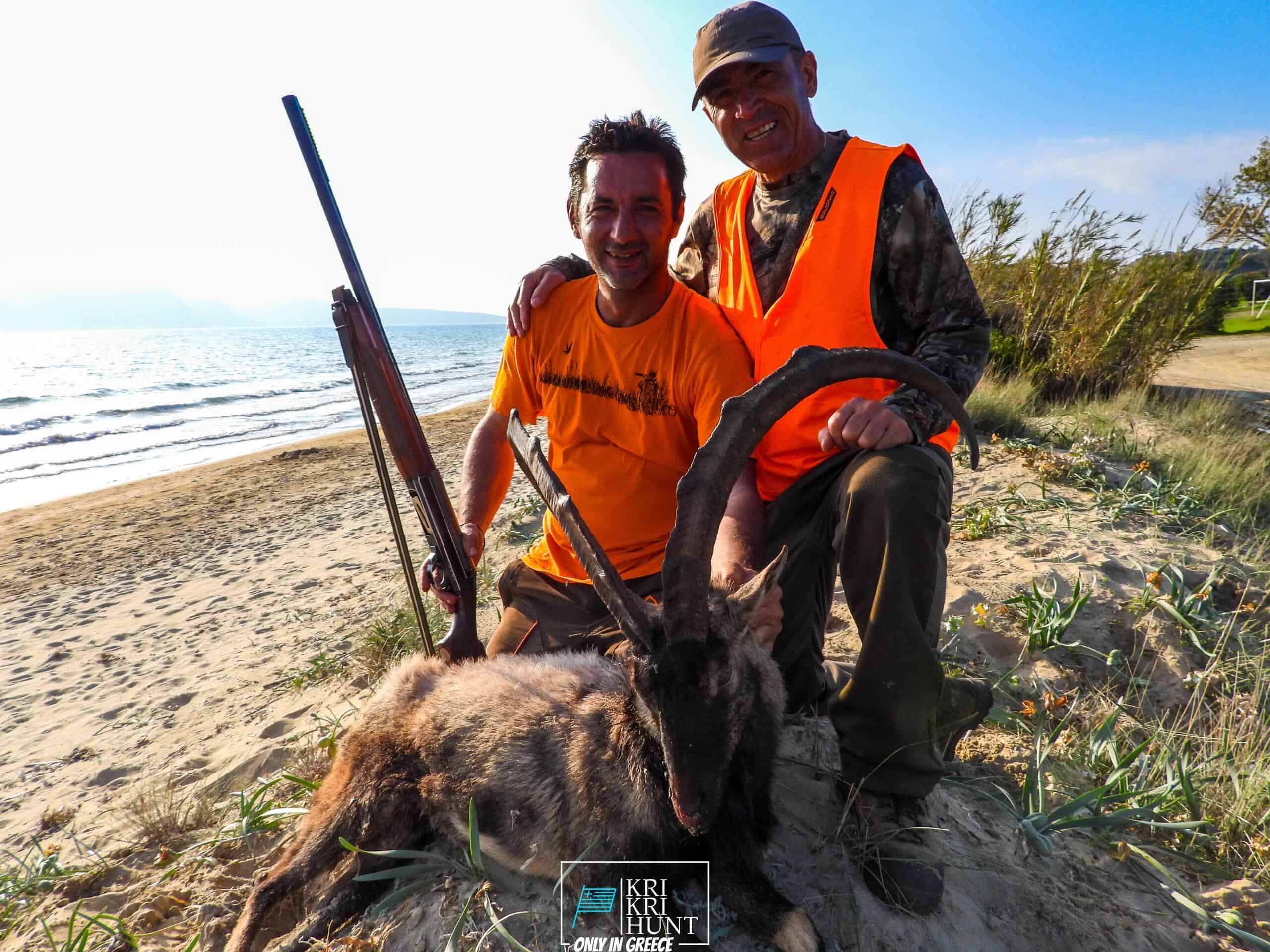Kri kri ibex searching in Greece
Kri kri ibex searching in Greece
Blog Article

Searching for Kri Kri ibex in Greece is an outstanding hunting expedition and also amazing holiday all in one. Ibex searching is normally a rough experience, yet not in this instance! Dive to shipwrecks and spearfishing in ancient Greece, or delight in ibex searching in an unique location are just a few of the things you could do throughout a week lengthy ibex hunting trip in Greece. Can you consider anything else?

Greece is a stunning country with a lot of chances for travelers. There are magnificent coastlines, old ruins, and also tasty food to enjoy. In addition, there are many tasks available such as cycling, walking, and snowboarding. Greece is the best destination for anybody seeking a getaway full of adventure as well as excitement.
When you get here in the Peloponnese peninsula is the amazingly beautiful landscape, the very first point you will notice. The mountains, forests, rivers, as well as lakes make this location a nature enthusiast's heaven. There are additionally lots of possibilities for hiking, angling, swimming, and various other outdoor tasks. Yet the Peloponnese peninsula is not just about its all-natural appeal; there are also many historic and also cultural sites to discover. Do not fail to remember also fishing, free-diving and searching. Some of one of the most prominent visitor destinations in the Peloponnese consist of old Olympia, Epidaurus, Mycenae, as well as Sparta. These destinations offer a fascinating look right into Greece's abundant background and also society. If you are interested in discovering more about Greek folklore, then you will certainly intend to visit Mount Olympus, house of the 12 Olympian gods. Certainly, no trip to Greece would be complete without attempting a few of the delicious food. The Peloponnese peninsula is residence to some of the most effective olive oil on the planet in addition to feta cheese, olives, honey, as well as wine. See to it to attempt several of the neighborhood specializeds such as dolma (packed grape leaves), Souvlaki (smoked meat skewers), as well as Gyro (meat wrapped in pita bread).
There is genuinely something for every person in the Peloponnese peninsula. Whether you want history and culture or nature as well as outdoor activities, this is an ideal destination for your next getaway. If you are short promptly, our searching and exploring Peloponnese Tours from Methoni is a fantastic means to see whatever this spectacular area needs to offer.And finally, your Kri Kri ibex prize is waiting on you.
What is the diference between Kri Kri ibex, Bezoar ibex and hybrid ibex
The kri-kri is not thought to be indigenous to Crete, most likely having been imported to the island during the time of the Minoan civilization. Nevertheless, it is found nowhere else and is therefore endemic to Crete. It was common throughout the Aegean but the peaks of the 8,000 ft (2,400 m) White Mountains of Western Crete are their last strongholds–particularly a series of almost vertical 3,000 ft (900 m) cliffs called ‘the Untrodden’—at the head of the Samaria Gorge. This mountain range, which hosts another 14 endemic animal species, is protected as a UNESCO Biosphere Reserve. In total, their range extends to the White Mountains, the Samaria National Forest and the islets of Dia, Thodorou, and Agii Pandes.
This Ibex is NOT a diminutive form of the Bezoar Ibex, which has migrated into the western-most reach of the range of this species. The kri – kri (Capra aegagrus cretica), sometimes called the Cretan goat, Agrimi, or Cretan Ibex, is a feral goat inhabiting the Eastern Mediterranean, previously considered a subspecies of wild goat. The kri-kri has a light brownish coat with a darker band around its neck. It has two horns that sweep back from the head. In the wild they are shy and avoid tourists, resting during the day. The animal can leap some distance or climb seemingly sheer cliffs.
“The agrimi goat Capra aegagrus cretica is unique to Crete and its offshore islands. It has been identi®ed as a sub-species of the wild bezoar goat Capra aegagrus aegagrus Erxleben, 1777, which it closely resembles in horn shape, body form and coloration. This classi®cation has been disputed by some researchers who claim that the agrimi are feral goats, derived from early domestic stock brought to the island by the ®rst Neolithic settlers. In order to clarify this issue, DNA analyses (cytochrome b and D loop sequences) were carried out on tissue of live and skeletonized agrimi and compared to sequences of wild and domestic caprines. Results conclusively show the agrimi to be a feral animal, that clades with domestic goats (Capra hircus) rather than with wild Asiatic bezoar. This study demonstrates that morphometric criteria do not necessarily re¯ect genetic af®nities, and that the taxonomic classi®cation of agrimi should be revised.”
Report this page